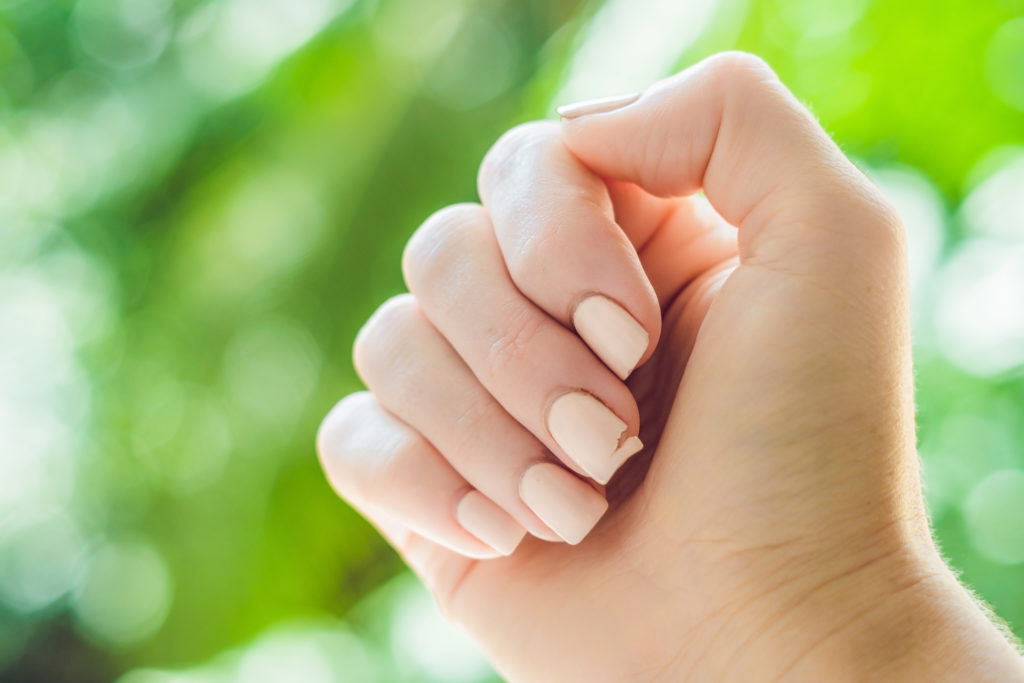Skincare
Common Fingernail Issues
COMMON FINGERNAIL ISSUES
Our bodies are always communicating with us. When we’re hungry, our stomach growls. When we’re sleepy, our eyelids get heavy. There are some obvious signs to look at, that we can look at and respond to. When it comes to health, of course, there are many factors that come into play and each person is different. But when it comes to nutrition, our bodies give us many subtle clues as to what might be going on inside. Our nails are no exception. The health and strength of our nails is dependent on a constant formation and regeneration of cells from beneath the surface. Without proper nutrition, this cycle can be disrupted, changing the look and texture of our nails. Here are 6 clues to look out for and what they might be telling you:
Brittle nails:
One of the most common nail issues and we have all been there, according to the American Osteopathic College of Dermatology, when our nails crack, peel and split. Often brittle nails are a byproduct of wear and tear. Acrylics and gel manicures, frequently washing hands (and dishes) and exposure to household cleaners can lead to brittle nails. Nutritionally speaking, brittle nails can signal inadequate levels of B-vitamins (especially biotin, B12 and folate), age, protein, or iron deficiency. These nutrients play a role in boosting the amino acids needed for healthy nail growth.
What to do:
Hydrate, use a moisturizer (lanolin rich or Alpha-hydroxy), especially around your cuticle area. Protect your hands from chemicals, weather, detergents, dishwashing. You must try Seratopical’s Overnight Hand Therapy with its breakthrough age-defying formula that you can put on before you go to sleep and wake up to revitalize nails and hands.
Fingernail Ridges:
Ridges are very common and can extend from the cuticle to the tip of the nail. These tend to become more prominent with age and usually not a cause for concern. As we get older, oil production slows down and the lack of moisture can cause our nails to become thinner, more brittle and cause ridging. Healthy fats, especially omega-3 fatty acids, can help support and moisturize for healthy nails.
What to do:
Manicures are very important to help with this issue. Hydration is key for your hands and nails. Drink lots of water and use the luxurious SeraRelief Heel Souffle for both hands and feet, or Seratopical’s Overnight Hand Therapy, a great age-defying formula for your hands and nails.
Koilonychia (spoon nails):
Spoon nails are thin, soft nails with the outer edges pointed upward (as in the name, similar to the curve in a spoon. From a nutritional standpoint, the most common cause is iron deficiency. This can be simply a result of not getting enough iron, but also often a result of conditions that may impair absorption or lead to excess iron loss. However, if the nail has been damaged this could also result in the same thing.
What to Do: Contact your physician regarding treatment.
Beau’s Lines:These are deep indentations that run horizontally across the nail. Beau’s lines form when there is a disruption in the body’s ability to produce nail cells. Generally, this is caused by underlying health conditions, or injury.
What to Do: Best to contact your physician regarding.
American Osteopathic College of Dermatology
Braswell MA, Daniel CR 3rd, Brodell RT. Beau lines, onychomadesis, and retronychia: A unifying hypothesis. J Am Acad Dermatol. 2015;73(5):849-855. doi:10.1016/j.jaad.2015.08.003

